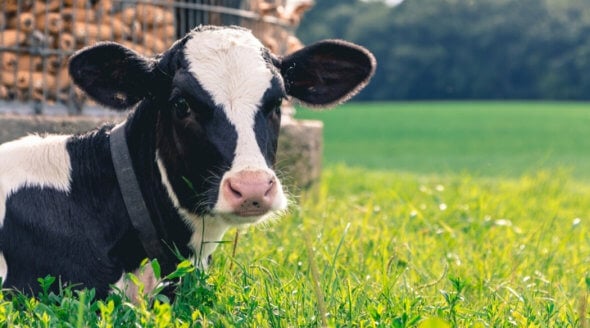Animals in Circuses: Ringside Seats for a Spectacle of Cruelty
 Animals don’t want to ride bicycles, stand on their heads, balance on balls, or jump through rings of fire. Elephants, big cats, monkeys, and other animals used in circuses perform tricks because they have no choice. They’re trained to do so using cruel methods, intimidation, and force.
Animals don’t want to ride bicycles, stand on their heads, balance on balls, or jump through rings of fire. Elephants, big cats, monkeys, and other animals used in circuses perform tricks because they have no choice. They’re trained to do so using cruel methods, intimidation, and force.
If circus audiences knew the truth about the violence and suffering that goes on behind the scenes, they would find these shows anything but entertaining.
Beaten Into Submission
Trainers often go to extreme lengths to make animals perform stunts in the ring. They beat elephants with bullhooks and shock them with electric prods. They hit big cats with sticks and drag them around by heavy chains on their necks. They restrain bears with tight collars and muzzles and whack them with long poles. They kick chimpanzees and smack them with riding crops.
Often, a barbaric regime of physical punishment begins when the animals are still babies. Baby elephants are forcibly removed from their mothers when they’re 18 to 24 months old so that their spirits can be broken early using a torture technique called phajaan, or “the crush”, in preparation for a lifetime of abuse.
A Lifetime of Confinement
Animals in circuses have often been taken from their native habitats and enslaved or bred in captivity and put through cruel training – solely for the purpose of entertainment. They’re condemned to a sad and frustrating existence, living out their days in constant confinement, often in cramped and filthy cages.
Elephants, for example, will walk long distances, swim, explore, play, and enjoy complex social relationships in nature. But in the circus, chained inside tents or confined to lonely concrete enclosures, they’re denied everything that’s natural and important to them.
Most big cats in their natural habitat cover large areas to find food and defend their territory, so living in a small cage causes them intense psychological trauma and depression, which is exhibited through stereotypic behaviour such as pacing, swaying, or biting the cage bars.
As the British Veterinary Association has said, “[T]he welfare needs of non-domesticated, wild animals cannot be met within the environment of a travelling circus, especially in terms of accommodation and the ability to express normal behaviour.” In other words, animals forced to perform will always suffer – the only humane option is to keep them out of circuses altogether.
The Situation in the UK and What You Can Do
In January 2020, following over a decade of campaigning by PETA and other animal protection groups, a ban on wild animals in circuses came into force in England, which joined Scotland and more than 50 other countries that have national or local bans or partial bans. Wales will join England and Scotland in outlawing archaic and patently inhumane wild-animal circuses in December 2020. Click here for an overview of the situation in the UK and guidance on the most effective way to take action where you live..
Wherever you are, don’t support cruel shows. Attend only animal-free circuses, such as the world-renowned Cirque du Soleil, where you can marvel at the antics of clowns and acrobats who have chosen to become entertainers – which is far more fun than watching sad animals forced to perform against their will.
FACTBOX
- England, Scotland, Ireland, Austria, Bolivia, Finland, Singapore, Sweden, and other countries have implemented bans or prohibitions on wild-animal acts in circuses.
- In the UK, 94% of respondents to a government consultation made it clear they wanted wild-animal circuses to be banned entirely. Wales is in the process of legislating a ban.
- Circuses are a danger to the public as well as animals. Since 1990, PETA US has documented 20 human deaths and more than 144 injuries attributable to captive-elephant rampages just in North America.

